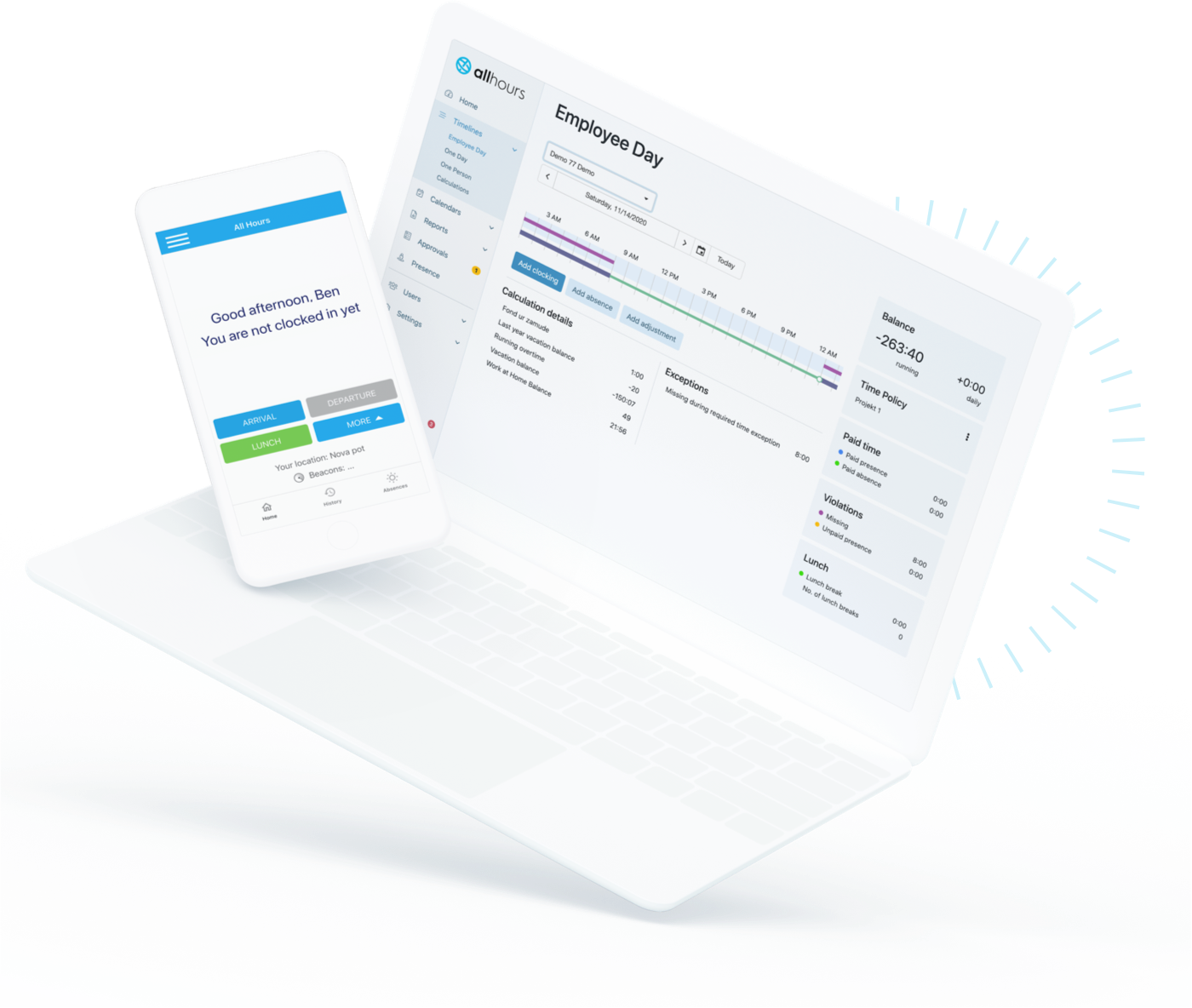Working Regulations in the Netherlands, the country with the best work-life balance

According to the latest OECD Better Life Index, Dutch employees live in a country with the best work-life balance. In order to evaluate this parameter, two indicators were used in the study:
- the amount of time devoted to leisure and personal care
- the percentage of employees working 50 hours or more per week
Employees in the Netherlands spend 15,9 hours a day on average eating, sleeping, and doing leisure activities.
Only 0,5 % of Dutch employees are working more than 50 hours per week, compared to the average of OECD countries, which is 13%. Let’s take a closer look at the working regulations in the Netherlands which contribute to this high work-life balance.
Working hours in the Netherlands – the main elements
Here are the main elements of the Netherlands working hours limits that have led to the country having one of the best work-life balances in the world for its citizens:
Working Hours
As mentioned, Dutch companies are aware of the benefits of a good work-life balance. The standard full-time work week is 38 hours, whereas most full time employees work 36 – 40 hours per week, and it is very unusual for employees to work long overtime hours.
Part-time work is extremely common in the Netherlands. Part-time employment means working more than 12 hours per week but less than 36, something which is very beneficial for easier work-life management, especially for young parents.
Employee Timesheets
Employers must keep proper evidence of the hours worked. There are no requirements for how this must be done, but the Labor Inspectorate must be able to gather from the registration whether the Working Hours Act has been complied with.
An employer must also record employees’ working patterns in writing. The best way to do so is to use a timesheet app.
Keep your records online and available at all times. Try the All Hours time and attendance solution for free.
Vacation days
The legal minimum of vacation days is 4 x the weekly working days. So, if an employee works three full days a week, this means 4 x 3 = 12 days of vacation per year. However, it is common for full-time employees to get 25 days’ vacation on average. You can track vacation days with a good leave management system.
Breaks
After working more than 5,5 hours, Dutch employees are entitled to a 30-minute unpaid break, which can be split into two 15-minute breaks.
Flexible working
Dutch employees can once a year apply for an adjustment of their working hours or working location in the form of:
- remote work one or more days a week
- a compressed work week
- flextime
If the proposed arrangement poses no risk of any harmful consequences for the company, the employer should always allow it.
Did you know that our time and attendance solution All Hours supports record keeping for flexible types of work? Try it for free!







